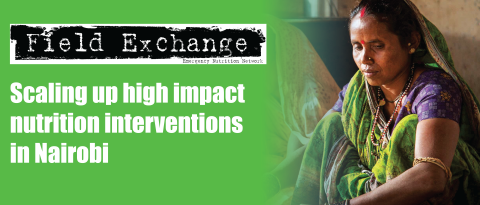A review of wet nursing experiences, motivations, facilitators and barriers
Research snapshot1
Wet nursing, the practice of a woman breastfeeding a non-biological child, is recommended in the World Health Organization/UNICEF Global Strategy on Infant and Young Child Feeding (2006) in situations where maternal breastfeeding is not possible. A literature review of open access evidence of medical, social/cultural and religious factors that support or hinder wet nursing was undertaken by Save the Children to understand how this recommendation can be applied.
Results show that wet nursing has been widely practiced since 2000 years BCE and has historically been widely and positively accepted by society, culture and religion, although it has in some contexts been used as a form of slavery (ancient Rome and the southern United States during the 18th and early 19th centuries). Since 1500, wet nursing has mostly been practiced within close circles of families and friends to ensure child survival. It has declined as a practice with increased use of artificial feeding and marketing by formula manufacturers.
Factors identified in the review that facilitate wet nursing include wide acceptance within society, culture and religion; knowledge of the importance of breastmilk; when wet nurses and mothers/caregivers know each other; availability of milk-sharing websites; appropriate support from health facilities and authorities; access to lactation consultants or nurses equipped to provide support for wet nursing; and breast-milk screening. Factors identified that hinder wet nursing include availability and promotion of artificial feeding; fear of disease transmission; practical limitations for wet nurses (such as cost of travel); unwillingness to wet nurse outside known relationships; lack of facilities (milk banks; milk storage; pasteurisation); and lack of protocols and support from health authorities.
A significant limiting factor of the review was a paucity of studies or documented experiences on wet nursing in emergencies and low and middle-income countries, and a consequent lack of guidelines on the operationalisation of wet nursing in emergency contexts. This is a critical gap area to address to put global recommendations into practice.
Endnote
1Teshome, S. (2018) Wet-nursing: A review of wet nursing experiences, motivations and factors that helped or hinder wet nursing. Save the Children UK https://www.ennonline.net/wetnursingreview


